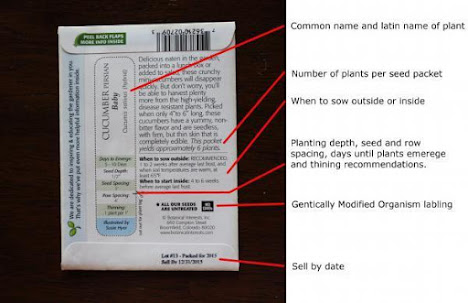Here’s a personal post from my NOTES on February 17, 2014. There was snow on the ground. In 2021, the Snow Moon will appear on February 27.
[Interested in Lunar Planting and interesting facts about the named Full Moons? Sign up with email on the right menu to receive early notifications of upcoming posts about the Worm Moon and Lunar Planting.]
Doing the before-bed things and wandering through the house with the last of my decaf Earl Grey tea - goodnight closed garage door, goodnight boots by the door - I headed back to the dining room thinking I had left the light on. I flicked the switch and the room got brighter. Off again and I looked up at the bright skylights.
Over to the window. "The moon on the breast of the new-fallen snow, gave the lustre of mid-day to objects below." What a sight! Bright moon. Clear sky. Pale blue snow with dark ink tree shapes falling in long shadows.
The full moon fell on Valentine's Day but it was still big and bright Sunday night.
 The February full moon is called the Snow Moon as February usually has the heaviest snowfall. Okay, that fits. Looking forward, March's full moon, on the 16th (March 28, 2021) is called the Worm Moon as the beginning of spring and softer ground brings earthworms up and robins out.
The February full moon is called the Snow Moon as February usually has the heaviest snowfall. Okay, that fits. Looking forward, March's full moon, on the 16th (March 28, 2021) is called the Worm Moon as the beginning of spring and softer ground brings earthworms up and robins out.
What About Lunar Gardening and Planting?
Pick anytime through history and somebody is trying to figure out how the moon affects our planet. While some scoff at the idea and call it folklore, others swear by it and others say “why not?” I am nevertheless wary of anyone who cites their “grandpap” as an authority.
Moon planters believe that the same gravitational force that affects the tides cause above ground crops to leap right out of the earth. And when on the wane with only a light pull and earth’s gravity the stronger, root crops dig deep in the ground.
Cheri Melton, a Cochise County Master Gardener, uses this method but provides no scientific back-up for the claims; however, she notes that it does add a rhythm to planting cycles and helps her pace her gardening.
Even further into astrological affects, some believe that the zodiac signs present when crops are planted can increase growth and production. There are air, water, fire and earth signs, each with plus and minus properties.
Whether you believe the moon affects plant growth or not, it's still an interesting idea and helps promote the annual almanac sales. Almanacs which, by the way, predicted heavy snow this February (2014).The Old Farmer's Almanac predicts NO SNOW for February 2021. HA HA.
More information at the following links:
Cochise County Master Gardeners, Arizona: Gardening and Farming by the Moon
Cochise County Master Gardeners, Arizona: Lunar Gardening Exploring the Zodiac Signs




























